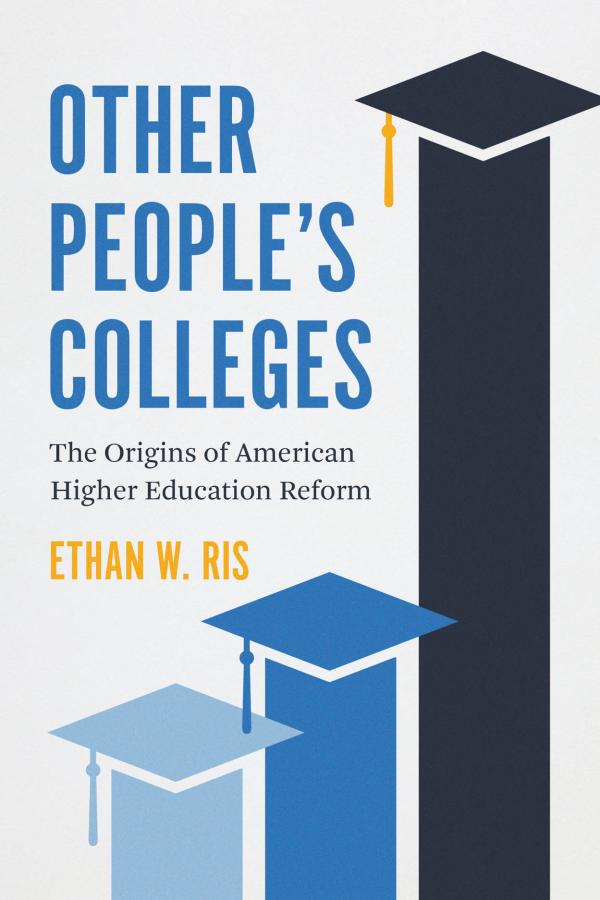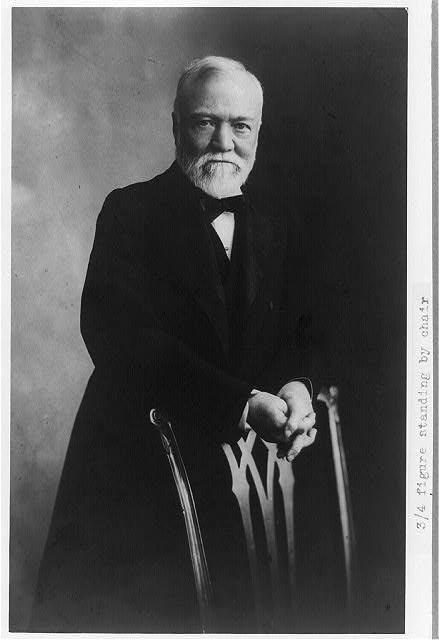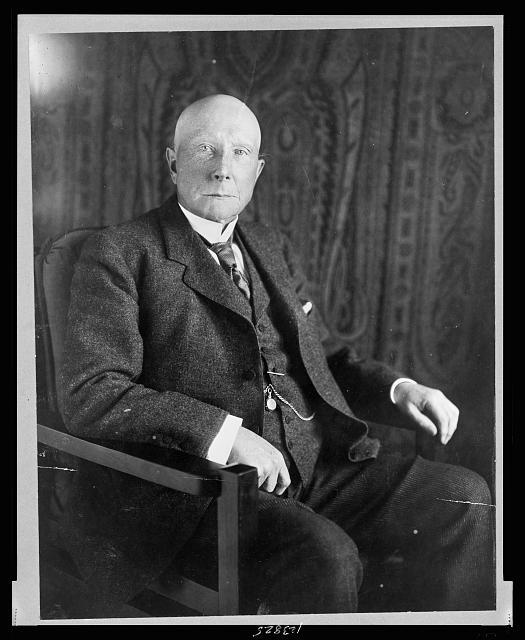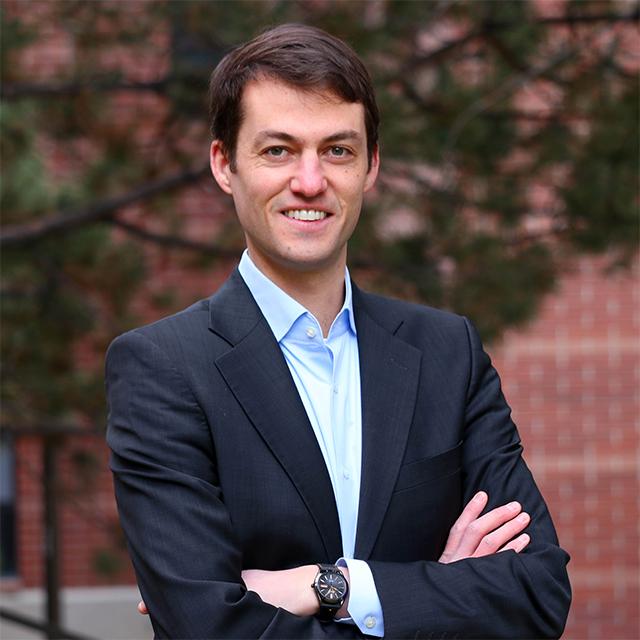Other People’s Colleges: An Interview with NEH Fellow Ethan W. Ris
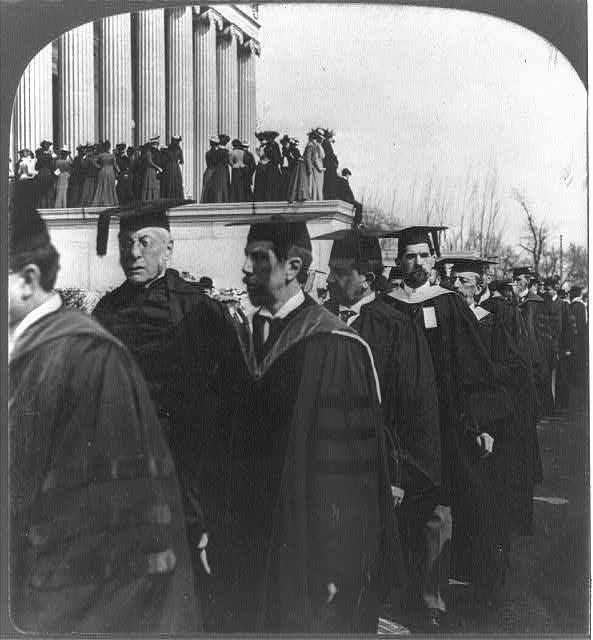
The two leading college presidents, Eliot of Harvard and Hadley of Yale at Columbia College, N.Y. (1903)

The two leading college presidents, Eliot of Harvard and Hadley of Yale at Columbia College, N.Y. (1903)
As NEH Fellow Ethan W. Ris writes of our current sociopolitical climate, “A consensus unites business, government, foundations, and political sentiment from across the spectrum: American colleges and universities must change.” In his new book, Other People’s Colleges: The Origins of American Higher Education Reform (University of Chicago Press, 2022), Ris follows the rise and fall of the “academic engineers.” This cohort of Progressive Era reformers—supported by the immense fortunes of Andrew Carnegie and John D. Rockefeller—were determined to regulate and stratify higher education in America. Drawing upon an array of archival sources, the book offers readers a glimpse into the “crucible of reform” that ultimately led colleges and universities across the nation to form coalitions and systems of self-accreditation as defensive measures against external influences. Other People’s Colleges illuminates the origins of philanthropic organizations like the General Education Board and Carnegie Foundation for the Advancement of Teaching while contextualizing contemporary debates concerning vocationalism and academic purism, the role(s) of postsecondary education in our society, and the influence of wealthy donors on university management. I caught up with Ris to talk about his book, the inspiration behind his work, and what the future has in store for American higher education.
Where did the inspiration for this project come from? Where is it situated within ongoing discussions concerning the history of education reform and higher education more broadly?
This project originated in a question I had while researching a somewhat different topic. I was working on a historical paper about the origins of college education as a prerequisite for “white collar” work. Several sources from the late nineteenth century referred to Andrew Carnegie as someone who went around encouraging young people not to go to college. That didn’t square with my understanding of Carnegie, whom I associated with Carnegie Mellon University and dozens of “Carnegie Libraries” on college campuses. I dug deeper and found that Carnegie in fact underwent a dramatic transformation from being the “anti-college guy” to being a major booster of higher education. During that process, in 1905, he established this odd, misnomer foundation dedicated to the cause of higher education. My curiosity brought me to the archives of the Carnegie Foundation for the Advancement of Teaching, at Columbia University, and then to the archives of the General Education Board, at the Rockefeller Archive Center. What I found in those collections was a marvelous, untold story.
Did you find anything in your research that surprised you?
The historiography of American higher education is largely a recounting of institutional development—specifically, the development of elite institutions. We have good histories about how Harvard became Harvard, or how the University of Wisconsin became the University of Wisconsin. But the history of American higher education is not the history of elite institutions. Since the mid-1800s, most students have attended non-elite colleges and universities. Furthermore, very little had been written about early external influences on higher education—the prevailing theory seemed to be that campuses operated more or less independently until after World War II. As my book shows, that was very much not the case.
Your book centers on the rise and fall of higher education reformers whom you refer to as the “academic engineers.” What made these people “engineers,” and what were their specific goals?
The “academic engineers” are my term for a category of reformers who thought that they could reshape the American higher education sector, especially in the decade between 1905 and 1915. I developed the moniker in conversation with my late mentor, Harold Wechsler, who encouraged me to stake out some historiographical ground by coming up with an original name. These folks were not actual engineers, but they revered the field of engineering, which was just coming into its own in the early twentieth century. They thought that everything should be systematized and run by experts. In that way, they were very much in step with other reformers from their era who tried to influence many other fields. The academic engineers were dismayed that American colleges and universities were so autonomous and that there were so few barriers to entry in the higher education landscape. Many of these reformers were affiliated with elite universities, so it is no surprise that they were hyper-focused on preserving the privilege their institutions had secured. They sought to limit research, graduate education, and even the right to award the bachelor’s degree in a small number of universities, relegating the hundreds of other schools to become junior colleges, vocational institutions, or simply disappear.
The notion that an outsider with no experience in higher education is the ideal candidate for carrying out academic reform seems bizarre, to be quite honest. Why did the portrayal of the academic engineers as “laymen” grant them legitimacy?
Good question! Yes, it is strange that a lot of the academic engineers styled themselves as “outsiders” to American higher education. A lot of them were actually university presidents, but the leaders of the two pivotal foundations lacked bachelor’s degrees, and they always invoked the vision of their founders: Carnegie and Rockefeller, neither of whom attended college. We do need to remember the context of the Progressive Era, when “disinterest” was considered a major virtue. Coming off the heels of rampant corruption and self-dealing, Progressives in many fields took pains to identify themselves as neutral parties—even as ones who purportedly knew nothing about the field they were trying to reform. The problem was that these Progressives replaced self-interest with megalomania and the quixotic belief that “science” (as they defined it) could solve all the world’s problems.
You trace the origins of the “endowed foundation” as a concept back to the General Education Board (GEB) and the Carnegie Foundation for the Advancement of Teaching (CFAT): reformist institutions that were founded by John D. Rockefeller and Andrew Carnegie, respectively. What does the story of the academic engineers illuminate about philanthropy as a whole?
Yes, in the book I take great pains—perhaps to excess—to state that the CFAT and the GEB were the very first two foundations in the modern sense. By that I mean that they had permanent endowments whose interest provided operating expenses, that they had full-time staff members, and that they maintained central offices in New York City. Most importantly, they had self-established mandates to effect change. This set them apart from the twentieth-century charity funds that intended to provide relief to the needy on a temporary basis. I think it is very significant that the modern foundation originated with the cause of overseeing higher education reform—not eradicating disease, ameliorating poverty, or ending war. Modern philanthropy is not charity; it is the efforts of elites to reshape the world in line with their own thinking and hopefully improve the world along the way. In the early twentieth century, those elites saw reforming American colleges and universities as the quickest path to making such improvements.
What part did federal and state governance play in the rise of endowed foundations like the GEB and the CFAT?
The most important thing that federal and state governments did to facilitate the rise of powerful foundations was nothing. By that, I mean that their limited capacity to pursue large-scale social change created a space for independent organizations funded by plutocrats to enact forms of public policy. The academic engineers were always clear that they favored a strong government role, at both the federal and state levels, in reforming and regulating higher education. But in the absence of that role, they were more than happy to step in. After World War II, governments were able to take a much more active role in higher education oversight, largely through the power of the purse strings. That was especially true after the passage of the 1965 Higher Education Act, which poured funds into colleges and universities and simultaneously made them accountable to the federal government. Interestingly, public funding of higher education has significantly declined in recent years—and we are seeing a resurgence of external influences on our postsecondary institutions.
Although colleges and professors formed nationwide coalitions to push back against top-down reform, regional associations were ultimately the most effective at regaining control. Why were these smaller organizations more successful than their larger counterparts?
Yes, toward the end of the book I highlight the importance of regional associations like the Middle States Association of Colleges and Schools and the North Central Association of Colleges and Schools. These groups were able to end the academic engineers’ control by replacing one of their core functions: accreditation. In the absence of government accountability, the CFAT and the GEB were serving as de facto accreditation agencies, which was ironic because they were themselves completely unaccountable! However, when the regional associations initiated their review processes in the 1910s and 20s, they obviated the reformers’ scheme to force change by passing judgement on institutions. The key to their success in this victory is that the associations comprised both the elite research universities that the academic engineers fetishized and the small baccalaureate colleges that they had tried to suppress. Since the peer-review aspect of accreditation means that postsecondary institutions are accountable to each other (rather than to government or a foundation), the schools must think of each other as allies—not rivals.
In many ways, Other People’s Colleges is a story about the power of categorization, classification, and recordkeeping. Why was the CFAT’s accepted list of institutions so important?
The CFAT “Accepted List” was many things at once. It was a reform mechanism, a simulacrum of accreditation, and an early form of modern rankings list like US News & World Report. Most important, perhaps, was the List’s instantiation of what Max Weber would call rational-legal authority, which relies on recordkeeping and systemization. This replaced the older ways of organizing higher education, which relied on traditional and charismatic forms of authority, which the academic engineers saw as hopelessly inefficient and antiquarian. By applying “standards” to higher education policy and practice, and then publishing the results for all to see, the reformers thought that they could reward virtuous institutions and shame subpar ones into reforming or retreating.
Women’s colleges and historically Black colleges and universities (HBCUs) faced some of the harshest treatment from academic engineers, and many such institutions are struggling to stay afloat even today. What can be done to support them going forward?
Absolutely—these types of institutions suffered the most in the academic engineers’ reform schemes. Interestingly, while they were unquestionably racists and sexists, the reformers never called for Black-serving colleges and women’s colleges to disappear entirely. Instead, they argued that there should be far fewer of them, and that the “leftover” students be redirected into vocational programs. In the case of HBCUs, this meant that fundraising for non-vocational Black colleges largely dried up for decades, until the United Negro College Fund (UNCF) began reversing the trend after World War II. The legacy of those lost decades is evident today in the almost universally small endowments of HBCUs, depriving them of one of the main resources available to predominantly white institutions. In recent years, we have seen more resources being directed to HBCUs, from philanthropists and government alike. There’s still a long way to go, but I think many of the institutions are on a path to sustainability. For women’s colleges, my prediction is that the academic engineers may ultimately get their way, a century later. They always allowed that elite women’s schools should exist—places like Wellesley and Bryn Mawr. Those institutions will surely remain. But I don’t see much hope for the few dozen non-elite women’s colleges that remain; there are no significant sources of funding coming to save them.
Near the end of the book, you refer to the current “accountability era,” in which higher education is perceived by many to be the source of social issues rather than the solution to them. What brought about this return to the ethos of academic engineering?
The theory animating most of my work is that higher education is so often the repository for ideas that are circulating in the larger society. In the early twentieth century, those ideas focused on efficiency and systemization. More recently, dominant ideas include “disruption” and the power of “big data.” A new generation of reformers is echoing the academic engineers—by insisting that many of the nation’s thousands of colleges and universities must shut their doors, and that postsecondary education should be primarily focused on vocational preparation. Some things have changed of course, most importantly the potency of (and faith in) digital technology. But the main thrust of reform has come full circle from the early twentieth century: that American colleges and universities are not meeting the moment, and that they must change or die. It’s important to note that this belief has not always held. In the 1950s and ’60s, for example, the national consensus was that American higher education held the keys to solve vast socioeconomic and sociopolitical problems, and therefore deserved unqualified support. That’s the subject of the book I’m currently writing.
Although much of the book paints a turbulent and somewhat grim picture of higher education in the United States, you remind readers that our system has really “triumphed beyond anyone’s imagination” in your closing remarks. What’s on the horizon for America’s colleges and universities? For students and instructors?
I hope that people who work in higher education take away two big ideas from Other People’s Colleges. The first is that top-down reform is not new, and that it will in fact always be with us. The other is that colleges and universities have lots and lots of tools to resist or subvert reform, and that they have long done so. Working within one institution, it’s easy to forget how mighty this sector is. Higher education employs more people than the entire U.S. federal government (excluding the military). It commands massive wealth and completely dominates the credentialing market for all high-status occupational fields. It has tens of millions of defenders in the form of alumni, including nearly all prominent elected officials and NGO officers. American higher education is no pushover. Now, that doesn’t mean that we shouldn’t worry about reforms that seek to weaken higher education. But we should remember how it has overcome detractors before and know that it has all the tools to continue to do so.
What’s next for you and your work?
As I mentioned, I am currently writing a new book that once again focuses on ideas and ideologies in U.S. higher education policy but shifting the timeline forward, to the three decades following World War II. In doing so, I’m writing the first comprehensive history of what’s commonly called the “Golden Age” of higher education. These are the decades in which enrollments exploded, public funding surged, and old barriers to college access began to come down. The conventional wisdom on the Golden Age is that demographic and geopolitical exigencies forced expansion—namely, the Baby Boom and the Cold War. My new book doesn’t deny those forces but seeks to show how higher education was not the obvious solution to global problems. Instead, individuals and coalitions worked hard to make it so, from local levels all the way to the White House. One of the messages of the book is that a new Golden Age can certainly happen, and that colleges and universities can push past current criticism and once again convince the nation that they are powerful forces for the public good.
Ethan W. Ris is an associate professor of higher education leadership at the University of Nevada, Reno, and his work has been featured in the Wall Street Journal, the Washington Post, and a variety of peer-reviewed journals. Ris received an NEH Fellowship (FEL-267719-20) in 2020 to support the writing of Other People’s Colleges, The Origins of American Higher Education Reform (University of Chicago Press, 2022).
The NEH Fellowships program awards grants to individual scholars for projects—such as monographs, peer-reviewed articles, and critical editions—at any stage of development. Projects funded by the Fellowships program embody exceptional research, rigorous analysis, and clear writing, and they are of interest to scholars, general readers, or both. For more information on the Fellowships program, or to apply, see the program’s resource page. Contact @email with questions.
